One of the saving graces of working in this area, at the HEA at this time,
was that the advertising campaign was not the only area of work being developed aimed at ‘MWHSWM’. The HEA had another department at the time, headed by Lee Adams, whose focus was on Professional and Community Development. It had initially been proposed to develop an arm of the work that would not be overseen quite so ‘directly’ by the HEA, with its focus based more on working in different communities of men to develop educational work based on better understanding HIV/AIDS and related safer sex information. This was always to have a less directive approach than the other areas of work and as such should have allowed for a far more nuanced and targeted delivery.
In mid 1989, Lee had gathered a small group of educators committed to the development of community development work in this field . As it was an area that I felt I had at least something of a background, it was usually a mental space that I felt rather more comfortable being in. There were a number of regular meetings initially, with this small working group consisting of Peter Gordon, Hazel Slavin, Russell Caplan (who worked in her area), Lee and myself, in order to develop a strategic rationale for creating what eventually became known as the MESMAC project (MEn who have Sex with Men: Action in the Community). This in many respects was to go on to become the lasting legacy of the HEA’s AIDS Division (later Programme). In fact, some workers who were recruited in the very early days of this community development (CD) programme are still involved with MESMAC projects around the UK today. Whilst it was not something that I ever imagined would be completely free of controversy, it was nevertheless felt likely to be an area where there was less concern that the HEA had to be seen to ‘toe a particular line’. In fact it seemed that the term ‘MWHSWM’ was perhaps preferred, as it was less political than the term ‘gay’, perhaps because the first term was a clinical statement of fact, more in keeping with the health related objectives of the HEA. However, there was clearly even then, a ‘tension’ between the community development angle of the HEA’s work and its target audiences. The HEA (or rather, its funding masters at the DoH) was to attempt to overcome this problem in a few years by abolishing the Professional and Community Development division.
Initially, Peter Aggleton, a researcher at the University of Warwick had been hired as a consultant to develop a proposal for HIV/AIDS related work, where he suggested specifically targeting gay men first and then tackling other MWHSWM, but whilst this approach was used with the advertising campaign and in developing other materials, this was not taken forwards within MESMAC, although in practice much of the initial work by the MESMAC project was in fact with self defined gay men. Peter Aggleton had also made it clear in his development paper that he thought the area would potentially be fraught with difficulties, which should not be underestimated and indeed this proved to be the case. For me personally, the process had involved a steep learning curve in understanding the theories behind the development of the MESMAC work; I had worked in communities for some time without fully understanding relevant and critical theories of engagement. It was this area in retrospect that I think the interview panel had been concerned about, on my initial appointment.
The reality was that the scope and scale of the project, at least to some extent, was developed in the minds of those involved, as it took shape, in-situ. Initially in what was being developed, I had fed back the idea to my boss Derek, that it would involve safer sex workshops for groups of people but as the complexities of the work and its scale were discussed, the teams thinking recognised that if it were truly to be about ‘community development’ the key words we needed to use were peer education and felt needs. That’s a phrase which came back to haunt me in one way or another for the rest of my life in fact! The reality was that safer sex workshops were an easier thing to get agreed than the rather risky concept of ‘felt needs’ (safer sex workshops were safer..!). I can still imagine the great and good muttering ‘What, ask men what they actually think would be best for them? Heaven help us’! It is also true, that at that stage I was, at least to some extent, in two minds about how effective peer education was; there were, in my opinion, definite pros and cons to it, which I understand and can articulate now far better than I could back in 1989.
My initial relationship with the group (especially Peter and Hazel) was quite stormy and strained at times. This is not a surprise however, as I tried to resolve the tensions between the Community Development area and the AIDS Division at the HEA, both very much at the cutting edge in developing the raison d’etre, the ‘nitty gritty’ of the actual work programme. The reality is also that the teams expectations of the type of work that might be developed were greater than the funding body envisaged (or probably wanted). The others saw the possibility of excellent CD work being carried out in the field, whilst I saw sensationalist press headlines in the red tops and anguished meetings at Board level. However, there were always time schedules at the HEA: we had allocated money to be spent in a certain year or lose it, hence speed was essentially of the essence.
There were issues and delays about the development of the research team on the project too, which eventually appointed Alan Prout from the University of Keele, as the key research lead and a project research worker, Katie Deverall (who was, in fact, to go on to produce one of the most interesting and valuable critiques of the early period of the HIV/AIDS response by organisations and communities that has been written, in my opinion, Sex, Work and Professionalism in 2001). I was happy with the way the evaluation was carried forwards though, I always said ‘at least it would be hard for anyone to damn us for not evaluating things properly’ (which is not to say there weren’t issues to resolve from time to time).
In the initial development meeting, we had invited forty people representing concerned groups across the UK to meet together to discuss potential ways forward for MESMAC. However, as the group discussion size was limited, only 2-3 black representatives were invited and they were unhappy that more black and minority ethnic (BAME) people had not been included. The agreed way forwards was to convene a second supplementary development forum, especially for representatives of BAME groups a few months later. This latter meeting was very stormy though, as many people there expressed concern at the HEA’s past performance in adequately representing these groups (in all its work) and trust was very limited. However, it wasn’t a disaster, as after much discussion and compromises from all sides the group accepted the proposal for a MESMAC group working with BAME men in a community development (CD) format. It was also agreed that a BAME development subgroup would be developed and two BAME men from this group would join the main men’s advisory group also, to bring their suggestions and concerns forward, to feed into the main body of the work.
In the proposal there had been three sites that it was suggested that be funded, and the HEA had always wanted London to be one of the sites, run from the THT, recognising its key role in working with the affected communities in the past five years. However, there was a strong feeling from the advisory group that London was always where things were ‘at’ and that it was important that the project worked with other more northern based and rural communities instead. As a result and because it was strongly felt that London should not be left out of this important CD project, particularly by myself and Derek, it was agreed to increase the budget substantially to allow for London to be included as well, allowing for four sites in all.
Recruitment of those to work in the project was hampered by the fact that very little was really understood about the process of CD within these communities, there simply weren’t the people around at the time with experience of putting this relatively new ideology into practise in the field. As a result, four training weekends were set up to explain the theory and processes to those involved. This resulted in further delays in getting the project up and running in the field. To make things more complicated , half way through this process it was decided to abolish P&CD section of the HEA and Lee Adams left the HEA to work in Sheffield, where the work was less of a political hot potato (although because of her vital expertise she was kept on as a consultant). We also had heard that the AIDS division itself might be going and funding withdrawn, due partly to restructuring at the DOH, partly due to a controversial (heterosexual) ‘good sex guide’ it had published, which the papers had picked up on (‘Goverment agency produces smutty porn at taxpayers expense scandal etc) and partly due to the nature of the work it was doing, which was felt to be, to put it bluntly, too radical. All of these things made the initiation of the CD project very difficult, as it pressed a lot of alarm bells in the HEA Board’s minds. At the time I wondered if such a convoluted set of circumstances was ever likely to occur again.
Actually, I was being a little naive here, as I have come to realise since then, that the development of such progressive, ‘forward thinking’ pieces of work often requires constant, intense determined energy to push past the difficulties and challenges it faces on all sides to get things rolling. The commitment of the team involved was substantial and sustained. Derek & I had to fight a rearguard action during the uncertain period when the AIDS division looked like it might be mothballed, particularly from the team & community who wanted greater commitment that the project would be funded and go ahead as planned. Derek also started to pull away from MESMAC somewhat too, as his work in developing and supporting other areas became more necessary. It was a very difficult and uncertain period for all involved. I started to give more time to MESMAC along with the development of all the other work and felt I was being pulled in all directions.
By this stage the four sites had been agreed, based in Newcastle, Leeds, Leicester and London. Hazel & Peter started to become very involved with the sites development and to take on their concerns, which they brought up with me, which led to friction in our professional relationships. In meeting after meeting I was placed in the position of defending the HEA and its actions, whilst I often felt that I agreed more with the concerns of the workers at the project sites. I often privately felt in an intolerable position, putting the views of the HEA across, which I disagreed personally with, and was hence treated as the ‘Big Bad Daddy.’ That sense that when you come into a room everyone suddenly stops talking and stares. I felt however that I played the role of a ‘scapegoat’, as that is what the situation needed, someone people could pin the faults of the project onto and feel annoyed or angry with.
In fact, I felt that throughout the project there had been too little time spent supporting each other. As project managers we were after all only human with friends, colleagues even partners, who were affected by, often dying of HIV/AIDS and the pressure at times was simply immense and intense. There were some meetings after which I locked myself into a toilet and just cried. There was not enough discussion that what we were doing, facing, was difficult and problematic: it was a new, sensitive area in many ways, pulling together sexuality, the men we were working with, the relationships between voluntary and statutory sectors, the way that the workers, the target groups, felt about Central Government and its power and of course all the personal relationships that were involved. Being an AIDS project too it had tremendous sensitivity for those afflicted with the disease; everyone felt so strongly about it, fear, grief for those who had died. The whole situation was very potent and we hadn’t spent enough time admitting this and discussing it with each other. As I’ve mentioned before, at no time was the idea of grief counselling muted in the HEA’s wider campaign and I regret not trying to develop this more now, at this stage.
Mention should particularly go to Katie Deverall, as the evaluator, who did indeed express these concerns in the reports she made, although to some extent they were ‘lost off’ the final report, due to the need for brevity in feeding back the vast body of knowledge and work undertaken by the sites eventually. Interestingly, I think I may have been in the ‘Norman Fowler position’ here, being seen to represent the ‘big bad HEA,’ whilst feeling very deeply about the issues involved in it.
Since then I’ve realised this is quite a regular thing for people working in positions where their personal views are at a mismatch with their public voice on the matter. In government this is usually what happens when mInisters resign, where the relief of no longer being in that ‘difficult position’ is greater than any considerations for career or job security. I certainly wasn’t the first person to be in that situation nor the last but it did feel profoundly isolating and deeply painful at times, causing a great amount of stress for me (and indeed many others working in this challenging area at that time). In the future, as the project continued into the 1990s, we were able to resolve some of these difficult issues and I was to feel less pressured by it all, feel less the scapegoat (though that role would then fall onto others still heavily involved..) but by the end of 1989 that was still some way off yet. My role felt like it was still ‘just getting through each day’ and managing damage limitation when necessary. But for MESMAC as a whole, just getting it through the first year was at least a positive, as it seemed at times a very unlikely possibility. Thirty years later projects like MESMAC Leeds (now Yorkshire MESMAC) still continue their outreach and support work with MWHSWM (though the acronym is outmoded and outdated now). If you had said to me in 1989 that MESMAC would still be going in the 202o´s I would I think, have been shocked, both by its longevity but also the painful realisation that the work would still be necessary three decades on, as well.
Sex, love and life (The Sacrifice) 3.06 One month in, heads down..



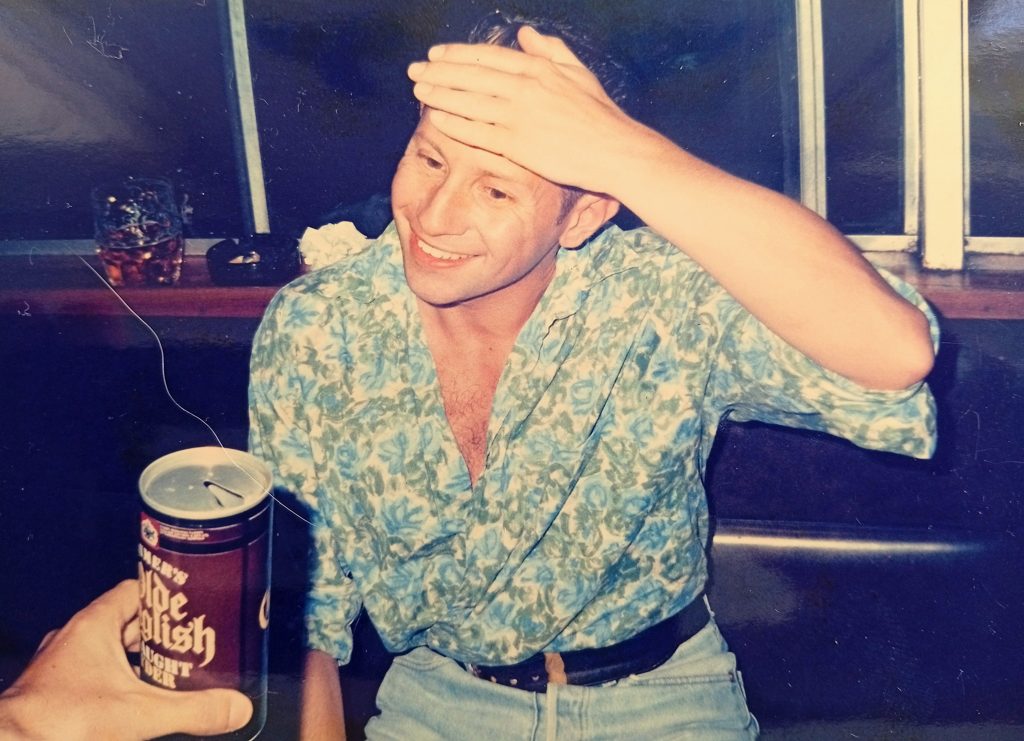


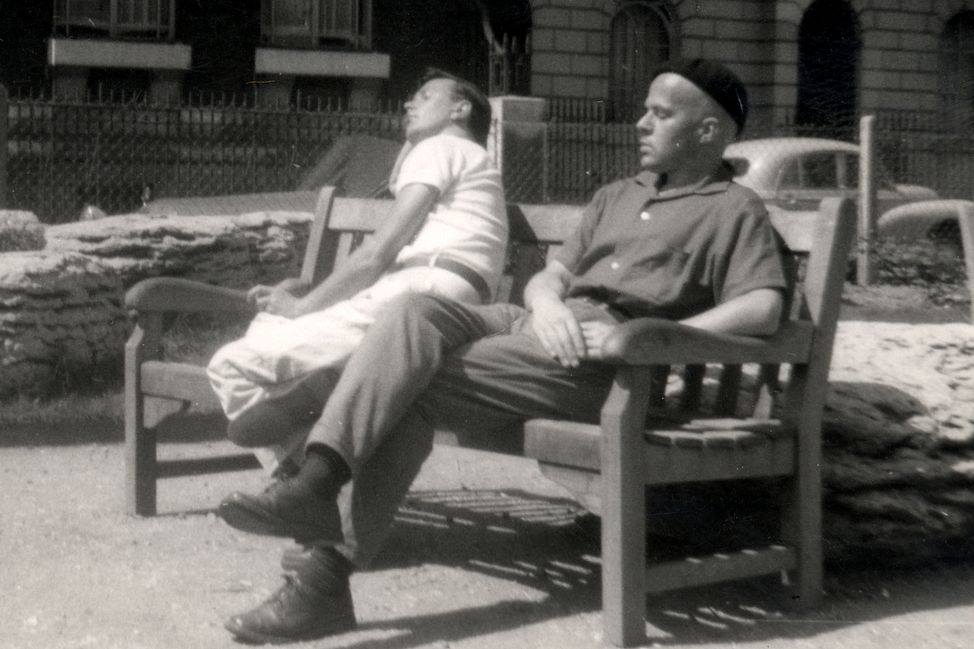
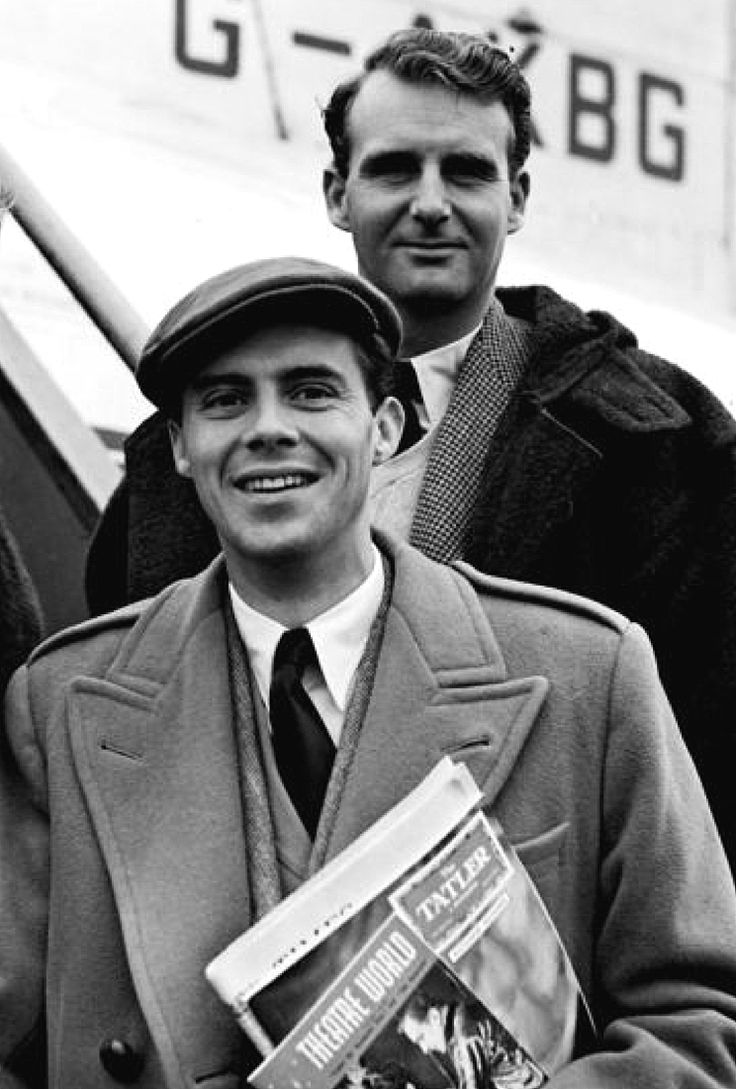
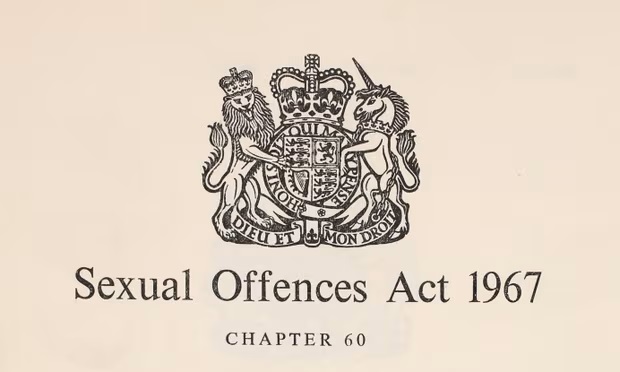
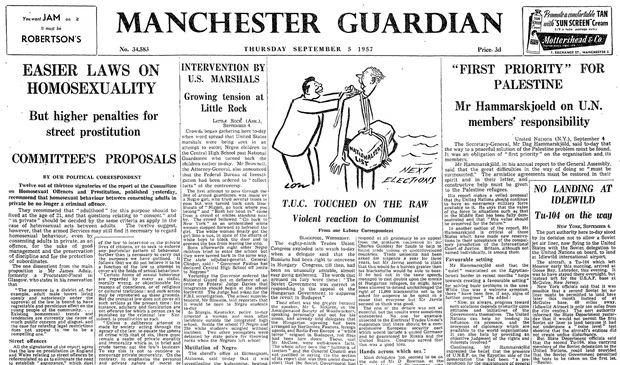


Leave a Reply